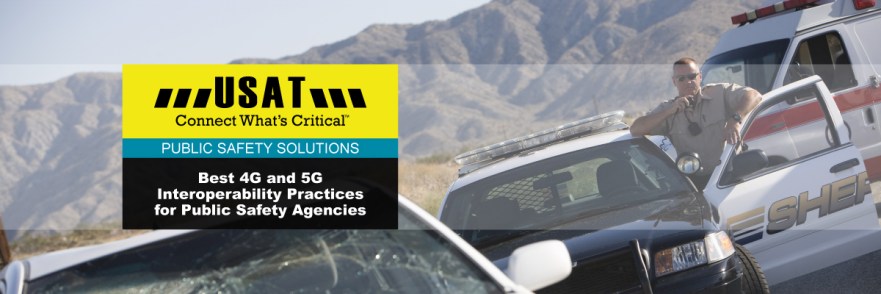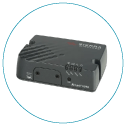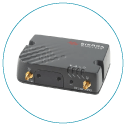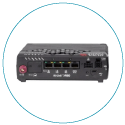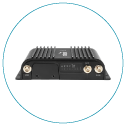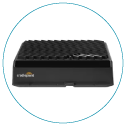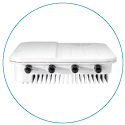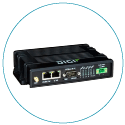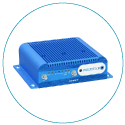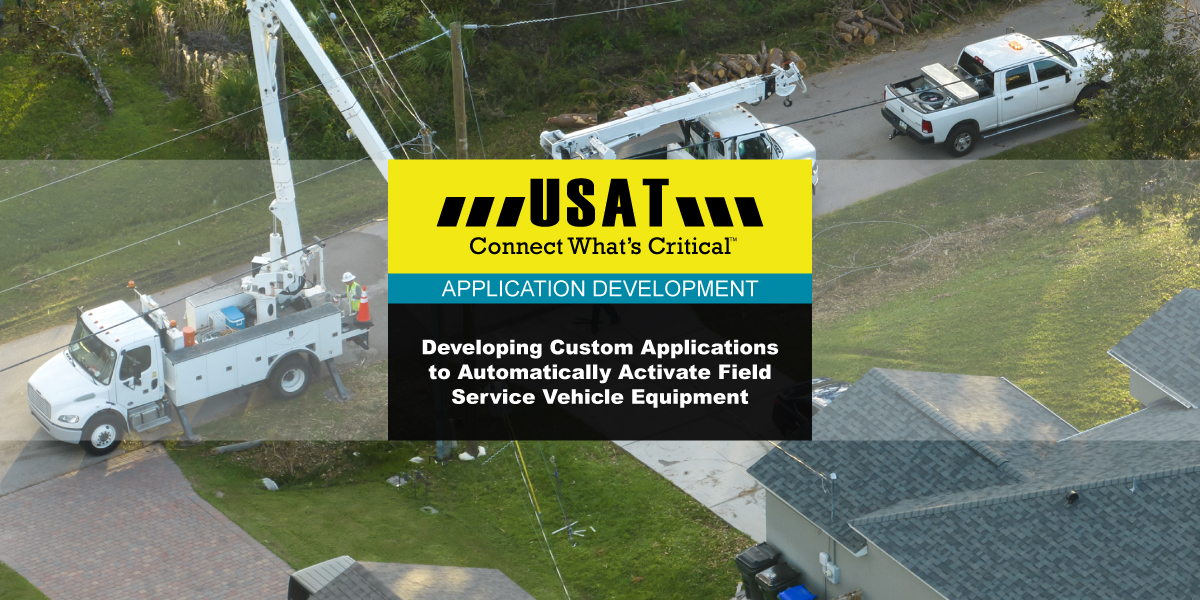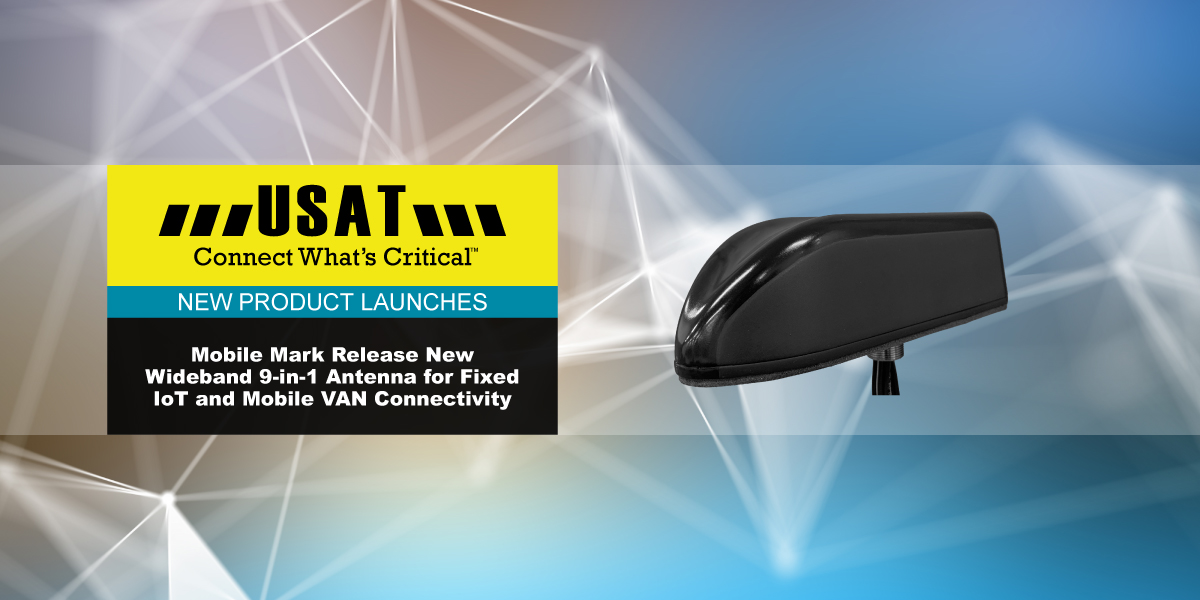Interoperability Best Practices: The 5G Future Of Public Safety
Technology projects in large, well-funded agencies tend to get the most attention. With 80 percent of law enforcement agencies having 25 or fewer officers and most fire service organizations being small volunteer units, many have trouble relating to efforts on a larger scale, especially if their operating area is relatively isolated and not the primary marketing target for system upgrades and rollouts.
Mobile Data
A police department in rural Texas has more than 25 police officers, and while that's a decent-sized team, they are still faced with the limitations of not being a big city or a suburb of one. However, this hasn't stopped them from leveraging 5G networks to their advantage.
The Police Department is trying to move forward with a project to port their mobile computer-aided dispatch (CAD) functions to 5G, along with transmitting evidence photos and video from the field directly to police headquarters. Throughout this process, the municipality's Public Safety Systems Administrator has wrestled with multiple issues ranging from inadequate network coverage to hardware configuration problems.
"5G is built out through much of our city, but we still don't have 100 percent coverage," he said. "Some officers can send and receive data, but not in every part of the city. We have to have a solution that will work wherever our people are working." The 5G network that does cover the city has insufficient bandwidth for all the tasks they intend to port there.
There is also a problem with the add-on "aircard" data modem devices most wireless carriers support for mobile data.
"One of the problems we've had with patrol car configurations is with the form factor of our consumer products. Many rely on Bluetooth or a similar low-power wireless network for device connectivity," the Administrator said.
"We are always asking, 'Where can we stick this to get connectivity and still have a secure mount?' We need tethered devices with hardwired connections to ensure security and comply with the law enforcement database networks we access."
The Public Safety Administrator would prefer devices installed internally on the computers, so thieves can't remove them or come loose if the patrol vehicle has to leave the pavement and cross rough terrain.
While the city is considering establishing its own dedicated, private wireless network and partnering with other cities, this may not be necessary if commercial wireless carriers build out their 5G networks.
Using the commercial infrastructure is also a more attractive option if the dedicated nationwide interoperable broadband network managed by FirstNet is not available soon enough to meet the city's needs.
Streaming Video
"One of our ultimate goals is to provide streaming video from field units to the police station and other mobile units. If an officer is in trouble, we want to be able to access their patrol car camera remotely and get them the assistance they need. The bandwidth we have available now won't support this."
The promise of 5G data pipes and a dedicated network would meet these needs, but they might not be available within a reasonable time frame.
The opportunities 5G presents allow agencies to move from outdated technologies and concepts toward new, user-friendly, efficient, and interoperable communications. Whether during a small-scale event, such as a house fire, or if a natural or man-made disaster hits a community, 5G allows first responders to work together.
"In a major event, you need to link not just fire and police," explained a Firemen's Association representative. "You need to look at what other partner agencies you need. Emergencies might require the assistance of the streets department for a snow plow or the water department to help shut off a water main. You need to look at the total picture."
"Interoperability allows you to talk to who you want to talk to when you need to and not when you don't need to. If we can talk to those individuals who are part of our support agencies, that is truly utilizing interoperability to the greatest extent."
Mutual Aid
Most fire departments rely on mutual aid to meet their district's fire and medical needs.
"Communications is one of the major issues on any scene," explained the Firemen's Association rep. "If we send a task force to another county, they're out of our system. If you can't communicate with the people who have the boots on the ground, you're putting them in jeopardy."
With 5G, interoperability will not only help during local-level mutual aid but on a national scale, increasing the safety of all first responders. Tracking systems for personnel accountability can significantly enhance safety and help coordinate large-scale EMS responses.
With many agencies struggling to make ends meet, the cost-efficient opportunities of 5G make sense from a safety standpoint and a financial one.
Future Possibilities
The 5G network offers a vast array of possibilities. From lightweight, flexible battery packs that slip into bunker gear to hands-free radios small enough to fit into an SCBA, the future adaption of equipment using nationwide broadband is infinite and limited only to the imagination.
Just as cell phones have gotten smaller and more compact while packing more capabilities into their slim frames, public safety equipment will become even more user-friendly, safer, and more durable.
One significant benefit of 5G will be the ability for ambulance crews to do patient assessments by streaming data to hospital emergency personnel before arrival.
"Most data suggests that the earlier interventions occur, the better the patient outcome and the lower the cost to treat," explained a Fire Chief from Oregon. "If a doctor cannot see a patient in person, advanced interventions can still be initiated and supervised remotely via data and video stream."
During a large-scale event with numerous casualties and multiple scenes, 5G provides the ability to triage patients and manage the disaster efficiently and with the best possible outcomes.
"Next-generation interoperability means using all new technologies, such as GPS, Interactive Video, live imagery, and video streaming," the Fire Chief stated. "All of those items, from an EMS perspective, can potentially improve patient care, outcome, and probably lower health care costs for the entire county."
About USAT
Our team not only helps you select, provision, and activate devices, we make sure they work in practical applications and real-life situations.
For over 25 years, USAT has provided cellular networking solutions for organizations across the USA. With our extensive catalog of world-class routers, gateways, and software designed for remote monitoring and management in even the harshest environments — you can count on us to get and keep you connected.
Reliable connectivity translates to less manual equipment maintenance, reduced downtime, and an overall increase in your business's ROI. Contact the experts at USAT to learn how our wireless networking solutions can help meet your organization's exacting needs.
Share this Post

